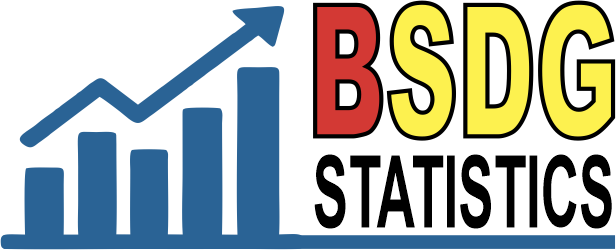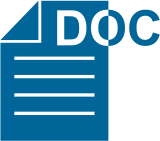INDONESIA CBM DEVELOPMENT CHALLENGES AND OPPORTUNITIES
Abstract
The increasing price of oil in the world market andthe depleted national oil reserves while on the other
hand there is a high dependency on oil as national
main source of energy, promote the development of
new energy alternative in Indonesia. Apart from oil,
Indonesia is also known to have contained enormous
resources of conventional gas, coal, hydropower and
geothermal. Furthermore due to its significant coal
resources, coal bed methane becomes one of the new
promising alternative energy in Indonesia.
Downloads
References
Advanced Resources International Inc, CAR!)., 2003. Indonesian Coalbed methane. Task J Resource Assessment, Final draft prepared for Asean Development Bank and MIGAS, Jakarta, Indonesia,
BaIce G.R, 2003. Natural Gas Utilization, Infrastructure and Resources, Prospect for Coalbed methane in the ASEAN region, Coalbed methane Workshop, Ministry of Mine and Energy The Republic of Indonesia, Jakarta Indonesia, 2003.
British Geological Survey., 2005. Mineral Profile, Coal. Office of the Deputy Prime Minister, 2005.
Hadiyanto and Saghafi, A., 2000. Methane Storage Properties of Indonesian Tertiary Coals. Proceedings of the Southeast Asean Coal Geology Conference, Bandung, Indonesia, 19-20June, 2000.
Hadiyanto and Stevens S.H., 2005. Coalbed methane Prospects in Lower Rank Coals of Indonesia, IAGI Special issues - Indonesia Mineral and Coal Discoveries, 2005.
Legowo E.H, 2006. Current Status of CBM Development in Indonesia. Indo CBM Conference, Jakarta Indonesia, April 2006.
Scott A.R and Tyler R, 1998. Geologic and Hydrologic Controls Critical to Coalbed methane Production and Resource Assessment, Bureau of Economic Geology, The University of Texas at Austin.
Copyright (c) 2018 Buletin Sumber Daya Geologi

This work is licensed under a Creative Commons Attribution-NonCommercial-ShareAlike 4.0 International License.
Authors whose manuscripts are published agree to the following terms:
The publication rights of all journal manuscript materials published on the Buletin Sumber Daya Geologi website are held by the editorial board with the knowledge of the author (moral rights remain with the manuscript’s author).
The formal legal provisions for access to digital articles in this electronic journal are subject to the terms of the Creative Commons Attribution-ShareAlike (CC BY-SA) license. This means that Buletin Sumber Daya Geologi has the right to store, convert media/formats, manage in the form of a database, maintain, and publish the article without requesting permission from the author, as long as the author’s name is cited as the copyright holder.
Manuscripts published in both print and electronic formats are open access for educational, research, investigative, and library purposes. Beyond these purposes, the editorial board is not responsible for any violations of copyright law.















